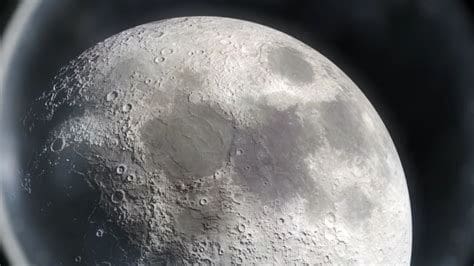
Accutron on the Moon
3 accutron devices were used on the Gemini II mission. When Apollo 11, landed on the moon in the Sea of Tranquility in 1969 it carried with it an Accutron watch movement. As you read this, it still sits in the lunar vehicle left in the Sea of Tranquility as a communications relay device, left by the Apollo 11 crew, to help control with data transmission. It did stop sending signals, I believe, in ’69, or shortly thereafter.
This Bulova timer was left behind to control the transmission of vital data that was to form the basis of further experiments over the years ahead. One of the experiments in which the moon-based Bulova Accutron was critical was the precise measurement of the distance of the moon from the earth and the changes in that distance over time. The accutron was also used as long duration master timers for seismographic experiments placed by Apollo 12, and Apollo 14.
Buzz Aldrin had one on the Exploration module and set up a solar powered PSEP, which was a part of the EASEP, also with an Accutron. The PSEP was used to establish communication with the moon. On the PSEP, as it listened to moonquakes, there was an Accutron timer.
The accutron was a part of the first actual lunar science experiments, so is therefore, to me, historically more important than Omega being the first wristwatch on the moon.
Although the Omega was the first wristwatch worn on the moon by Armstrong and Aldrin, the Accutron timing devices were on the moon inside the capsule before Armstrong stepped on the surface so were actually the first watch movements on the moon.
Project Vanguard, 1958, was the first artificial satellite to orbit the moon and it carried an Accutron, which was the first actual Accutron in space.
The Accutron Astronaut was worn on almost 100 X-15 flights between 1962 and 1968. The last astronaut to wear an Accutron Astronaut was Doctor/Mission specialist Norman Thagard on STS-7 space shuttle Challenger in June 1983. In fact, Thagard celebrated 20 years of Gordon Cooper’s MA-9 Faith-7 Mercury flight and wore, as Cooper did, an Accutron Astronaut and an Omega Speedmaster. Gordon Cooper wore his personal Omega Speedmaster CK2998-4 on his left wrist and his Accutron Astronaut watch at right wrist.
The Accutron mechanism powered the dashboard clocks of 46 US space program missions.
The US government did ask Bulova not to release their accutron movement to the public because it was afraid of the USSR getting ahold of it. Which Nikita Khrushchev actually did and attempted to knock off the Accutron with his Slava watch creation. That’s a rare which, probably fewer than 1000 exist today and most are quite literally junk as the parts used were inferior to those used in an Accutron.
Accutron clocks were installed on all of the spacecraft of all Apollo missions. Accutron clocks, too, were installed on Air Force One in 1967.
Tags: